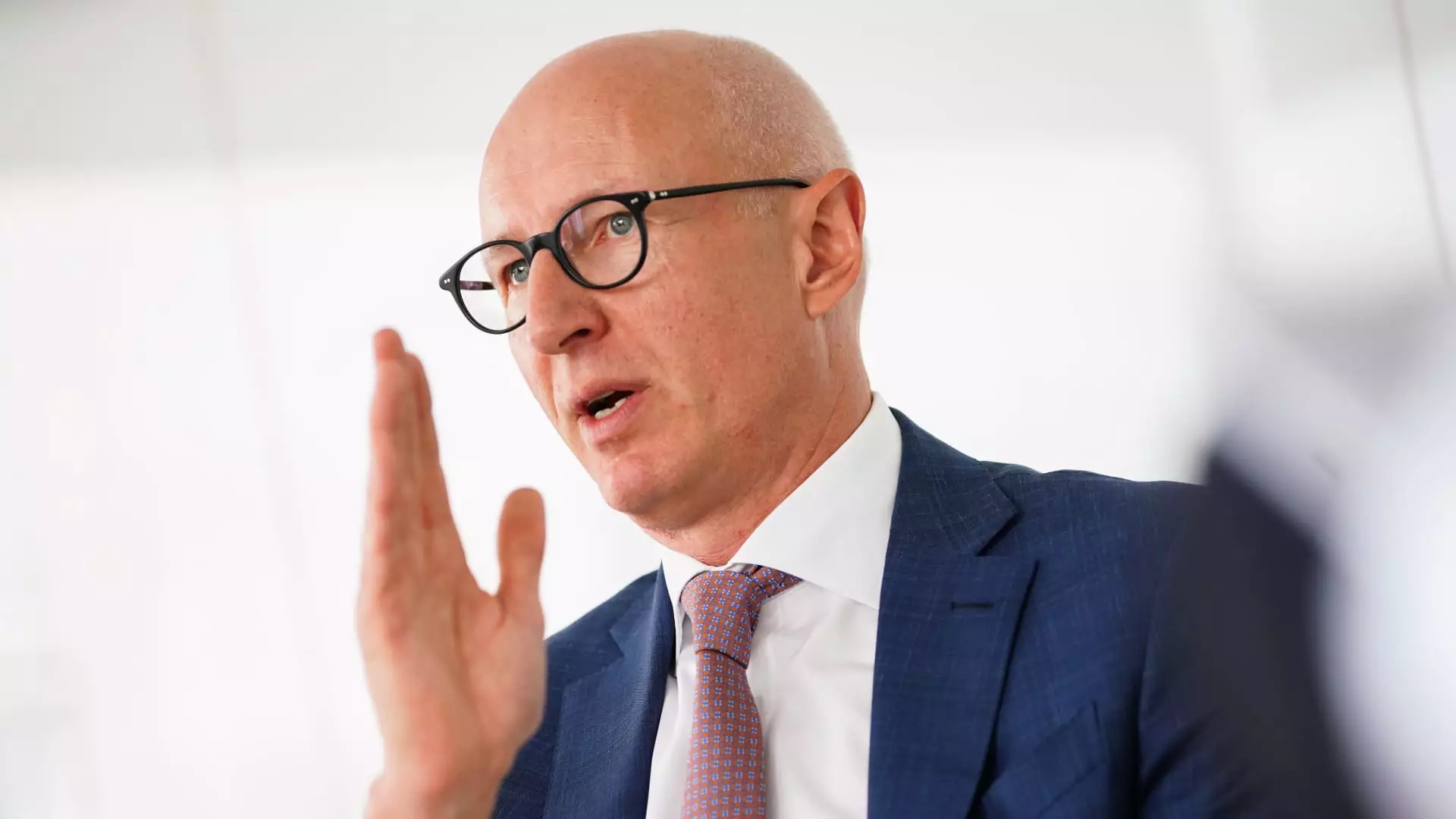In a rapidly evolving healthcare landscape, few issues generate as much public outcry as drug pricing. As demand for weight loss drugs like Novo Nordisk’s Wegovy and diabetes treatment Ozempic skyrockets, the ethics surrounding their exorbitant prices have come under intense scrutiny. Recently, the spotlight turned to Novo Nordisk’s CEO Lars Fruergaard Jørgensen, who faced a Senate Health, Education, Labor and Pensions Committee hearing to address the escalating costs of these essential medications, contributing to an ongoing debate about the pharmaceutical industry’s pricing strategies.
The hearing is notably significant in a climate where U.S. drug prices appear to be outpacing those in other nations by an alarming margin. Prior to any insurance adjustments, Ozempic is priced at approximately $969 monthly, while Wegovy reaches nearly $1,350. These figures starkly contrast with the prices observed in Europe, where similar treatments can be accessed for less than $100. In Germany, for instance, Ozempic carries a price tag of merely $59, and in the U.K., Wegovy can be procured for around $92. This disparity raises critical questions about market ethics and regulatory oversight in the pharmaceutical sector.
The catalyst for this examination can largely be traced back to independent Senator Bernie Sanders, who leads the Senate panel currently tackling this issue. With a staunch belief that U.S. consumers are being grossly overcharged, Sanders has initiated an investigation into Novo Nordisk’s pricing practices—and he is not alone. Numerous lawmakers, health experts, and insurers have begun voicing concerns that the unquenchable demand for such weight loss and diabetes management drugs could jeopardize the financial stability of the U.S. healthcare system.
The implications are dire. If current trends persist, the annual expenditure for weight loss drugs from both Novo Nordisk and Eli Lilly could balloon to a staggering $411 billion—a figure that eclipses the total amount Americans allocated for all prescription medications in the entire year of 2022. Such numbers compel us to reassess existing healthcare policies, especially as Medicare reports spending $4.6 billion solely on Ozempic in the past year.
The issue extends beyond just the cost of the medicines; it delves into the intricate realm of insurance coverage. While Medicare and numerous health plans generally cover GLP-1 medications for managing diabetes, weight loss treatments often lack similar coverage. Stringent eligibility criteria have emerged, with various insurers either imposing hefty requirements or eliminating coverage for weight loss medications entirely. This pattern not only exacerbates the financial burden for individuals seeking treatment but also highlights systemic flaws in our healthcare policies.
In the midst of colliding interests, the Biden administration is asserting its influence to rein in healthcare costs, focusing on strategies that actively challenge the pharmaceutical industry’s pricing decisions. With the core aim of making medication more affordable for Americans, it’s essential to place additional pressure on key players in the drug supply chain.
As the issue of inflated drug prices enters more public discussions, there is a particular focus on the potential for reassessment of drug pricing mechanisms, especially related to the upcoming price negotiations expected for Ozempic as mandated by the Inflation Reduction Act. Analysts anticipate that these negotiations may begin as soon as 2025, with resulting price adjustments slated to occur by 2027. This could lead to a seismic shift in how pharmaceutical companies approach price setting, fundamentally altering the existing market dynamics.
Ultimately, the need for a comprehensive review of drug pricing, accessibility, and insurance coverage is undeniable. With rising healthcare costs carrying significant implications on individual wellness and systemic efficacy, the U.S. must face these challenges head-on. It remains crucial for lawmakers, healthcare providers, and pharmaceutical companies to collaborate in achieving a balanced approach—one that ensures drugs remain accessible to the population they aim to serve while maintaining fair profit margins for manufacturers. The outcome of such efforts could redefine healthcare landscapes, ensuring a healthier, more equitable future for all Americans.

